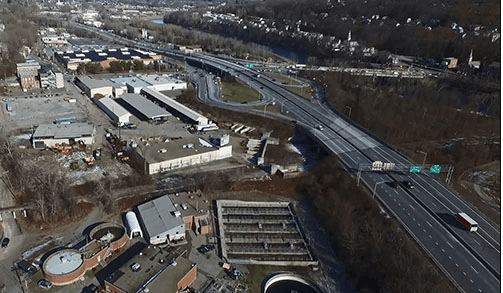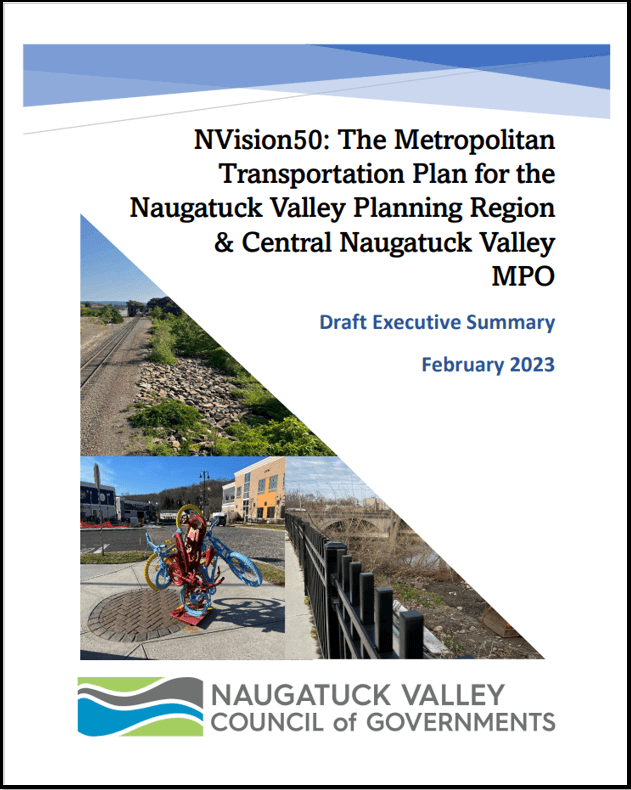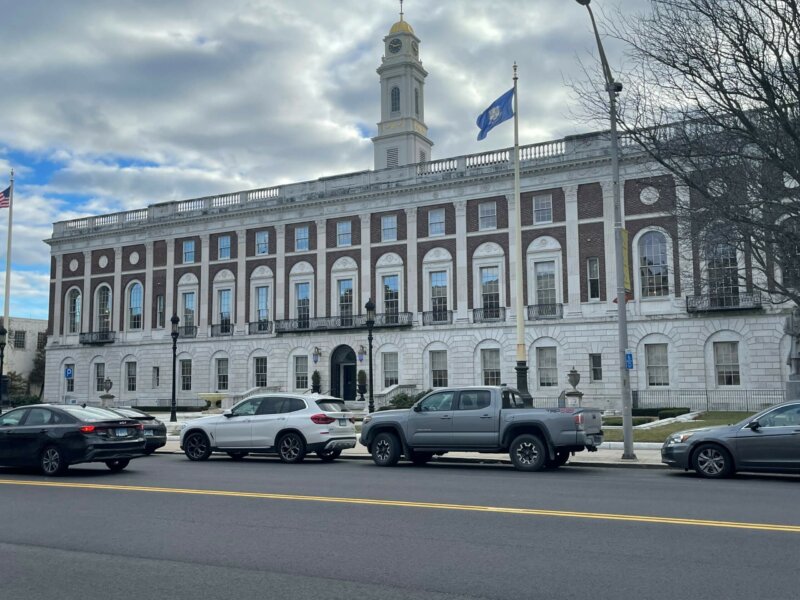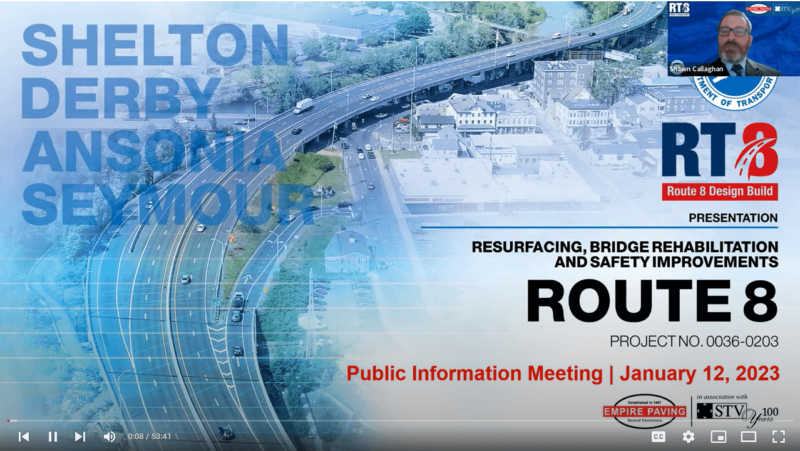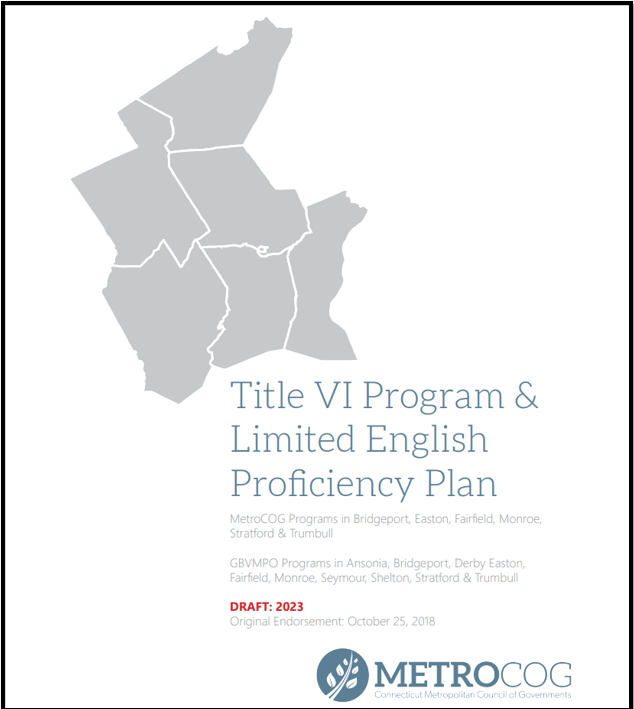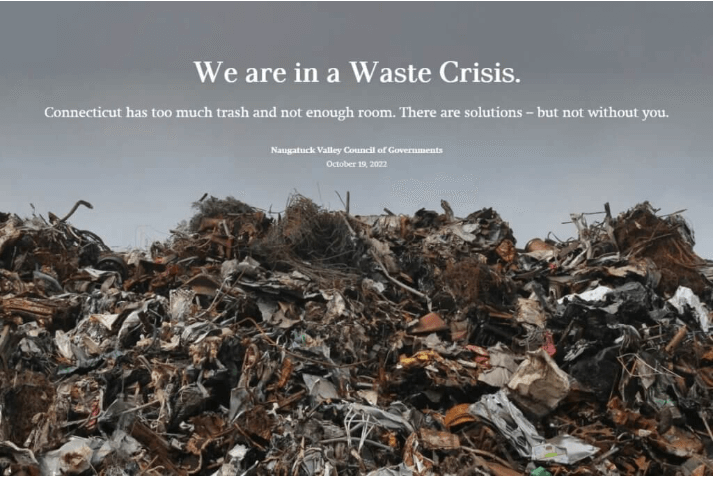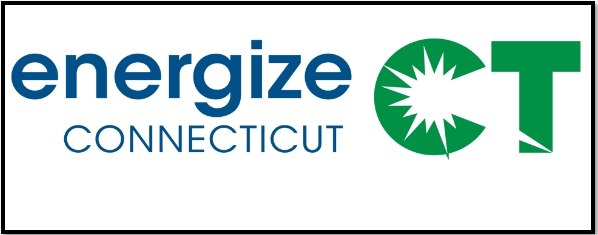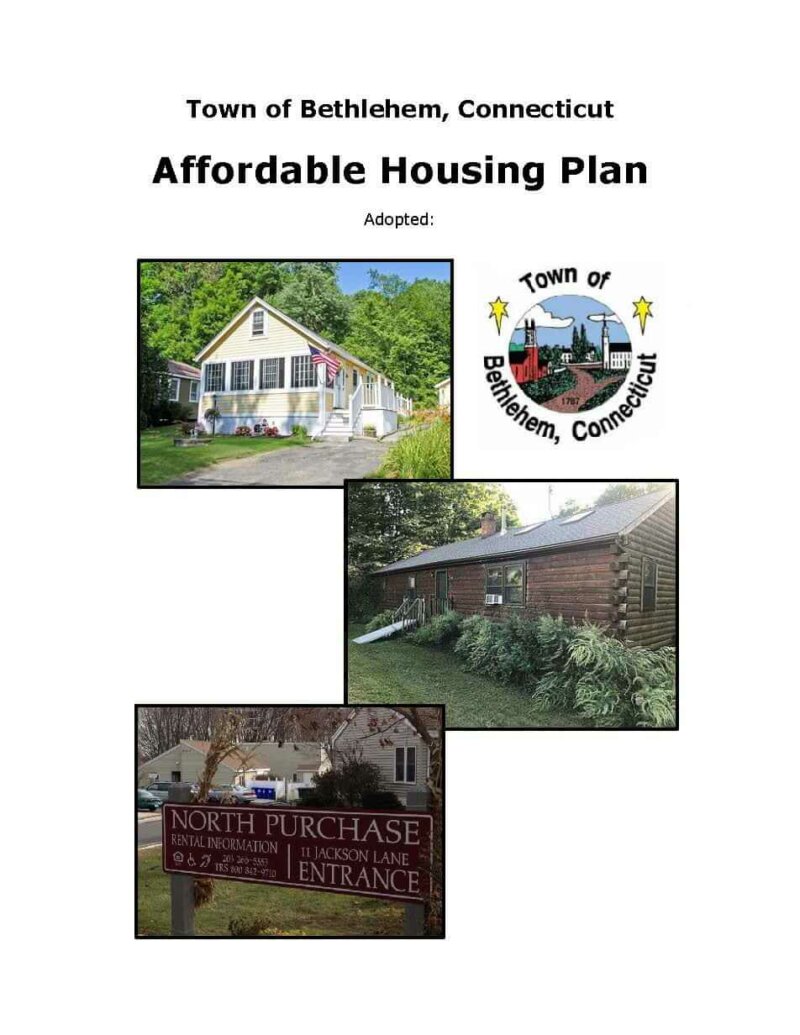MetroCOG will hold a public information meeting on Feb. 8 at 5:00 p.m. on its updated Title VI Program, Public Participation Plan and Limited English Proficiency Plan. The meeting will in the conference room of the Connecticut Metropolitan Council of Governments, 1000 Lafayette Boulevard, Suite 925, Bridgeport, CT 06604.
The updated plans ensures that the services MetroCOG and the Greater Bridgeport and Valley Metropolitan Planning Organization (GBVMPO) provide are not discriminatory and the opportunity for full and fair participation is offered to the community. Title VI of the Civil Rights Act of 1964 requires that agencies which receive federal financial assistance have non-discrimination plans in place. MetroCOG is the host agency of the GBVMPO, which includes the NVCOG communities of Ansonia, Derby, Seymour and Shelton. The legal notice for the meeting is available in English and Espanol.
The updated plan also examines the need for services and materials for people who do not speak English as their primary language and who have a limited ability to read, write, speak, or understand English.
The public can submit written comments on the updated plan from Jan. 13 to Feb. 27. Those comments must be clearly legible, submitted on 8½” by 11″ paper and include the person’s name and address. Anyone who wants to comment may submit them in writing to Matt Fulda, Executive Director, MetroCOG, mfulda@ctmetro.org or Rick Dunne, Executive Director, NVCOG, contactus@nvcogct.gov. Written comments must be received before 10 a.m. on February 27.
Title VI of the Civil Rights Act of 1964, prohibits discrimination on the basis of race, color, or national origin in programs, activities and services that receive federal financial assistance.

